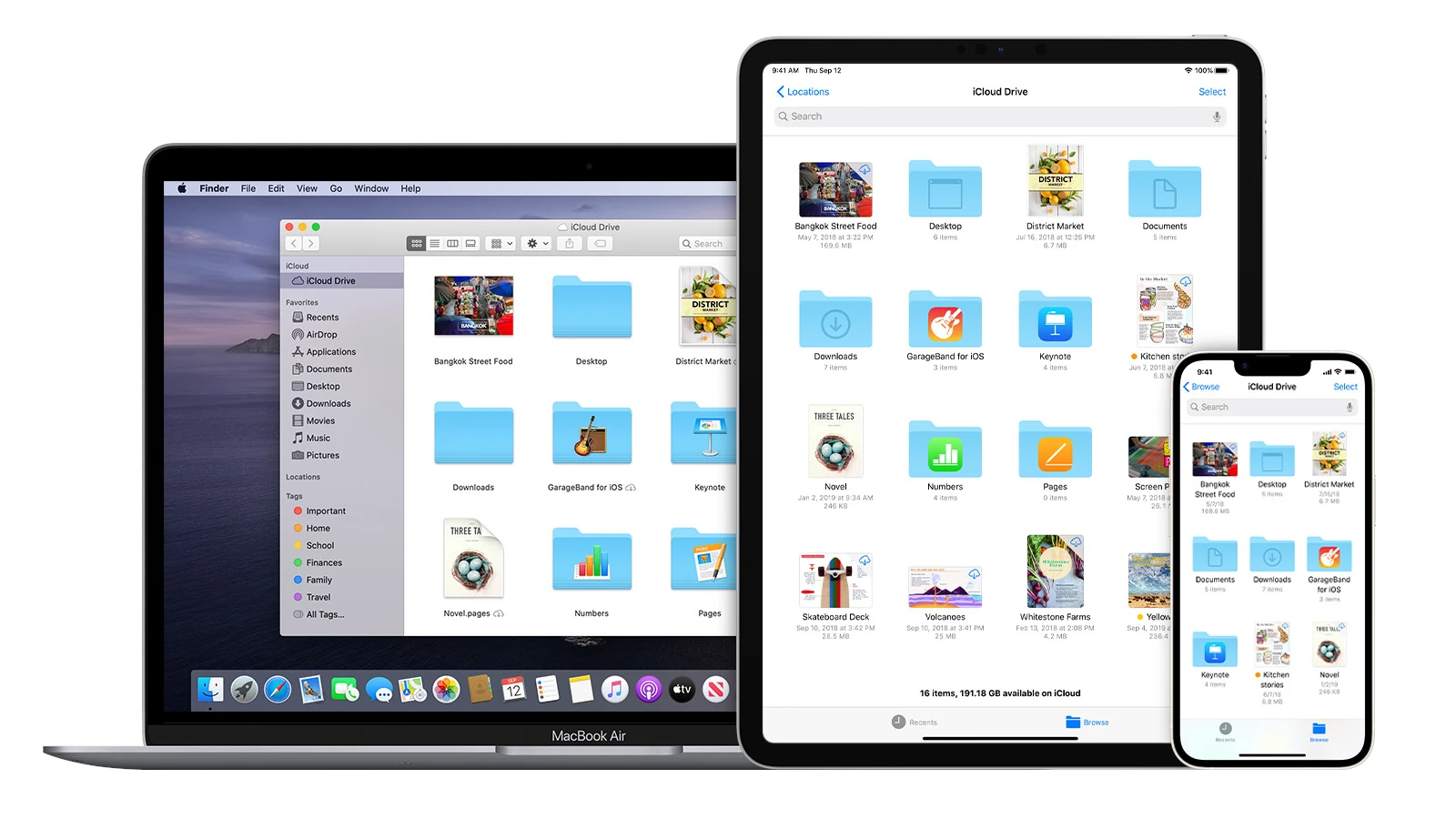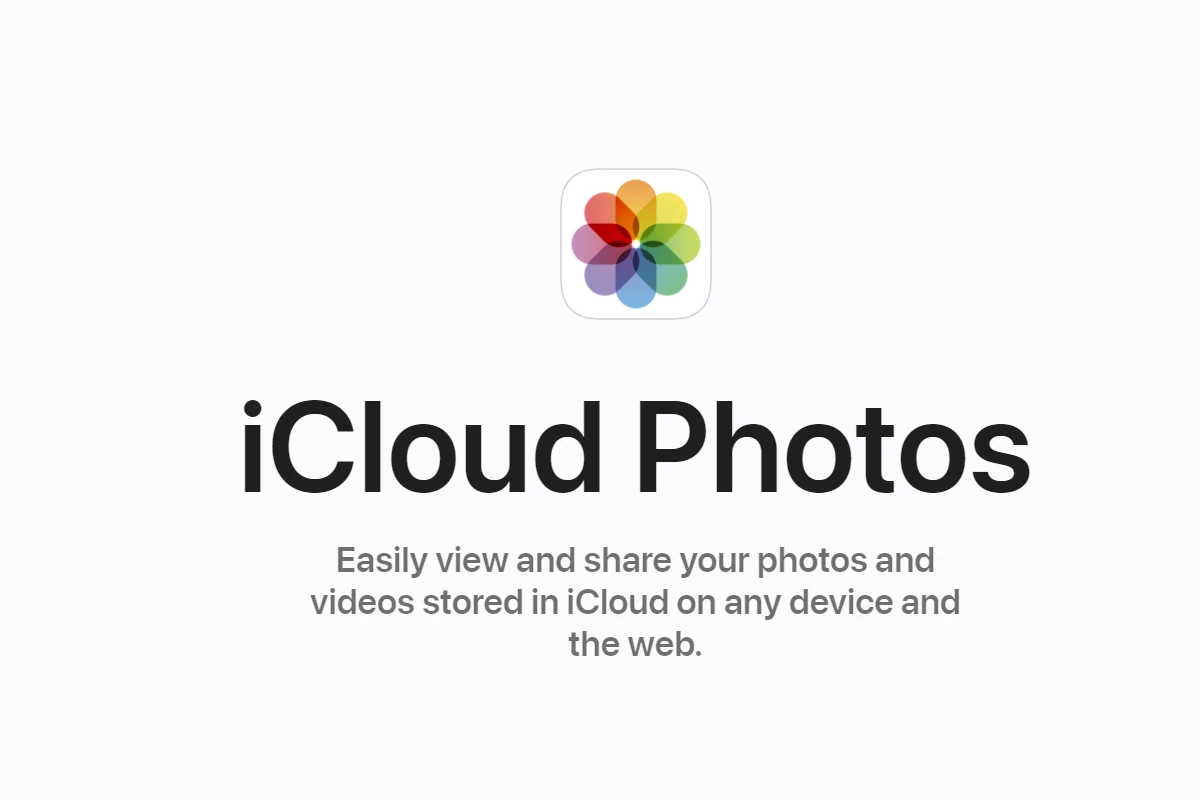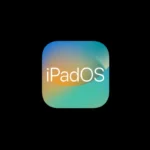Many people get confused between iCloud and iCloud Drive. Although they are related, iCloud and iCloud Drive serve different purposes. iCloud is a cloud service by Apple that backs up and syncs various types of data, such as photos, contacts, and app data, across all your Apple devices.
iCloud Drive, on the other hand, is more like the file storage part of iCloud. It lets you store documents, spreadsheets, and other files in the cloud so you can access them from any of your Apple devices. This makes it easy for users to keep important files up-to-date and accessible across iPhones, iPads, and Macs.
Understanding how these services differ helps you use them more effectively. Knowing what each service does allows you to maximize the benefits of iCloud and iCloud Drive. Read on to learn more about how to make the most of these Apple services.

Key Distinctions Between iCloud Services
iCloud and iCloud Drive, while both part of Apple’s cloud ecosystem, serve distinct purposes.
Core Functionalities
- iCloud: Acts as a comprehensive hub for syncing and backing up data across Apple devices. This includes photos, contacts, calendars, notes, reminders, messages, and more. It also provides additional features like Find My for locating lost devices, Keychain for password management, and iCloud Mail for email.
- iCloud Drive: Functions primarily as a cloud storage and file synchronization service. It allows users to store files of any type, organize them into folders, and access them from any Apple device or web browser. It can be viewed as Apple’s equivalent to services like Dropbox or Google Drive.
Data Storage and Access
- iCloud: Data stored in iCloud is often app-specific and accessed through the corresponding app. For example, photos are accessed through the Photos app, contacts through the Contacts app, and so on.
- iCloud Drive: Data stored in iCloud Drive can be of any file type and is accessible directly through the Files app or a web browser. This provides a more centralized and flexible way to manage files.

Pricing and Storage Options
| Feature | iCloud | iCloud Drive |
|---|---|---|
| Free Storage | 5 GB | 5 GB |
| Paid Plans | Start at 50 GB, go up to 2 TB | Start at 50 GB, go up to 2 TB |
| Pricing | Varies by region and plan selected | Varies by region and plan selected |
Both iCloud and iCloud Drive offer the same storage tiers and pricing. However, iCloud Drive might be perceived as a more cost-effective option for users primarily interested in file storage and synchronization, as it doesn’t include the additional features of iCloud.
Suitability for Different Needs
- iCloud: Best suited for users who want a seamless way to keep their Apple devices in sync and back up their data automatically. It’s particularly useful for those who rely heavily on Apple’s built-in apps and services.
- iCloud Drive: Ideal for users who need a cloud storage solution for managing files of various types. It’s a good choice for those who want a centralized location to store and access their documents, photos, videos, and other files from any device.
Key Takeaways
- iCloud syncs a variety of data, including photos and contacts.
- iCloud Drive is for storing specific files like documents and spreadsheets.
- Knowing the difference helps you use both services effectively.
Understanding iCloud and iCloud Drive
iCloud and iCloud Drive offer Apple users different ways to store and manage their data. These services sync photos, documents, and other files across devices, ensuring access from any iOS, macOS, or Windows device.
What Is iCloud
iCloud is a cloud storage service provided by Apple. It allows users to store data such as photos, contacts, calendars, and more. This storage makes sure these items are backed up and easy to access from any compatible device.
Apple launched iCloud in 2011. It syncs data across different devices. This includes iPhones, iPads, Macs, and even Windows PCs. One benefit is that you can start a task on one device and finish it on another without losing any information.
What Is iCloud Drive
iCloud Drive is a part of iCloud, but it focuses more on file storage and management. Users can store documents, spreadsheets, and other file types. The service is like having a dedicated hard drive in the cloud that you can access from any Apple device.
iCloud Drive works with the Files app on iOS and Finder on macOS. It also integrates well with third-party apps. Users can organize files into folders and easily share documents with others. It is handy for those needing access to important files on the go.
Key Features and Functionalities
iCloud:
- Backup: Automatically backs up your device’s data like app data and settings.
- Syncing: Keeps contacts, calendars, and photos up-to-date on all devices.
- Find My: Helps locate lost devices.
- iCloud Storage: Offers storage plans from 5GB to 2TB.
iCloud Drive:
- File Storage: Store and manage any file types.
- Access Anywhere: Access files on iOS, macOS, and Windows devices.
- Managing Files: Create folders, organize documents, and use the Files app.
- Collaboration: Share and collaborate on documents easily.
Storage and Backup Solutions
iCloud Storage:
Users get 5GB of free storage. For more space, paid plans start at 50GB. This storage is used for backups and synced data like photos and contacts. Features like iCloud Backup ensure that critical data is kept safe in case devices are lost or damaged.
iCloud Drive Storage:
This service focuses on specific file storage. Users can save large files and access them from any device. iCloud Drive also helps free up space on iPhone or iPad by storing files in the cloud instead of on local storage.
Both services provide reliable and secure storage. Apple uses strong encryption to keep data safe. Users can manage these storage options in the device settings under their Apple ID. This makes it easy to see what data is stored and to make adjustments as needed.
Comparative Analysis of iCloud and iCloud Drive
iCloud and iCloud Drive offer cloud storage and storage management for Apple devices. They have distinct features and serve different purposes, each valuable for specific needs.
Storage Plans and Pricing
iCloud offers 5GB of free storage for all users. Users can upgrade to various paid plans for more storage space. Plans range from 50GB to 2TB.
iCloud Drive uses the storage purchased through iCloud. Users can store files, documents, and other data. The pricing is the same for both because iCloud Drive is part of iCloud.
This means users don’t need separate plans.
Availability Across Devices
iCloud works on iOS, macOS, Windows, and web browsers. It can back up iPhones, iPads, and other Apple devices.
iCloud Drive also works across these platforms. Users can access files on any device signed in with the same Apple ID.
This makes it easy to work on files from different devices, connecting the Apple ecosystem smoothly.
User Experience and Interface
Using iCloud is straightforward. On iPhones and iPads, settings are accessed through the Apple Menu and System Preferences. Users can manage backups, photos, and more.
iCloud Drive appears in the Finder on macOS and the Files app on iOS. Users can easily move, copy, and organize files with a simple interface.
Both systems are intuitive and integrate well with Apple’s design.
Security and Privacy Features
iCloud uses high-level security measures. This includes encryption for data both in transit and at rest. Two-factor authentication adds an extra layer of protection.
iCloud Drive also benefits from these security measures. Apple prioritizes user privacy, ensuring data is safe
Security and privacy are significant points for both services, making them reliable for storing personal and professional data.






